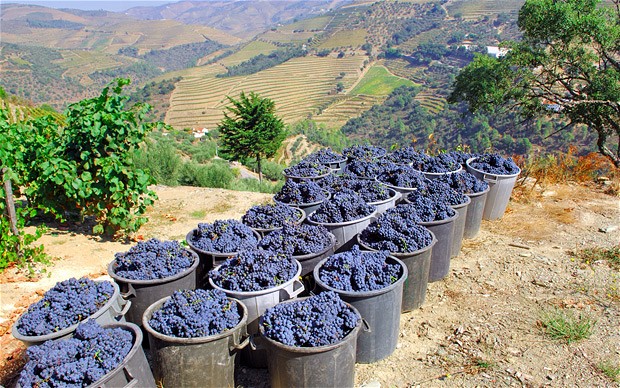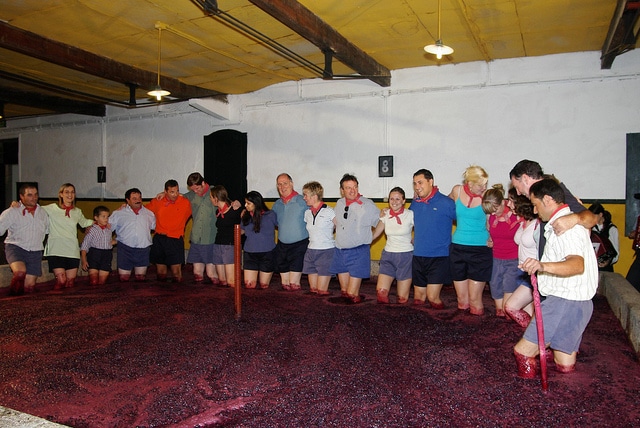Vintage Grape harvesting in the Douro Valley is more or less the same as in other wine-growing areas. It starts from the end of August and is harvested until the end of October, so it lasts about 2 months. During this period, the vineyards are worked 10-12 hours a day. Mechanization cannot be used everywhere and only manual work remains.

The Douro region does not belong to the densely populated areas, which is why workers from other regions also come here for the vintage. These so-called rogas form groups of 10-15 people and, under the leadership of a rogador, they have been working for one winemaker year after year for decades.
Women cut the grapes and store them in containers. Men do the harder work – they carry containers filled with grapes to collection points, where they load them on tractors. These are then taken to the winery for further processing. Everything is done with great care so that the grapes are always in good condition. Men – rogas – do mostly harder jobs.



After a hard day’s work, rogas and others are still waiting for the grapes to be trampled in in large stone vat called „lagar“.
